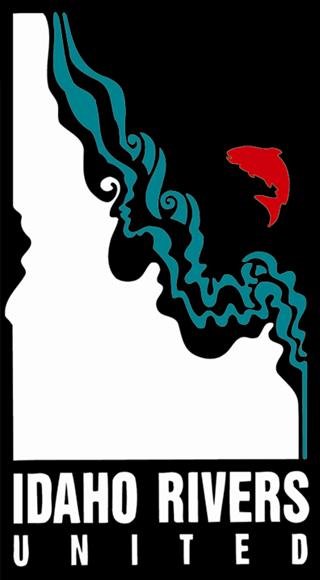Scientists Address PNW Policymakers, Member of Congress: Restoration of the Lower Snake River is Required to Save Salmon and Orcas
Five experts in salmon and orcas addressed PNW governors, policymakers, and members of Congress in a letter on February 20th. The letter provided a concise review of the best available science on the relationship between the Lower Snake River dams, Chinook salmon recovery, and Southern Resident population of orcas. This analysis precedes the upcoming Draft Environmental Impact Statement (DEIS) for the Columbia River Systems Operations, which is required to explore the impact of the Lower Snake River dams on salmon populations.
The letter and white paper were created to serve as a reference for political leaders as they consider and review the DEIS. Slated for release on Friday, February 28th, the draft federal plan is projected to continue to maintain the ‘status quo’ with only small, temporary measures to improve conditions for migrating salmon rather than solutions for long-term recovery.
Decades of research were summarized in the white paper, consistently pointing toward restoration of the Lower Snake River through dam removal as the single most effective strategy for recovering salmon and steelhead in the Columbia River Basin. The experts stated that dam removal has a “uniquely high recovery potential” for Chinook salmon compared to other actions. They concluded that removal of the dams is necessary to restore salmon runs and avoid extinction of the Southern Residents orcas, who primarily feed on Chinook salmon. The analysis identified the Lower Snake River dams as the primary cause of Chinook salmon decline and the low Chinook salmon populations as the largest threat to Southern Resident Orcas.
Nearly half of the Columbia Basin’s Chinook populations were once produced in the Snake River. Current runs are only a fraction of the historic numbers. Restoration of the Snake River would open the gateway to 5,500 river miles of pristine spawning and rearing habitat for Chinook. Many of these waterways are high altitude, cold-water streams that act as a refuge from rising temperatures for cold water species like Idaho’s salmon.
With the pending release of the DEIS, the time for a strong, bold, science-based stance is now. Temporary measures with limited impact are likely to be recommended in the DEIS. Idaho needs our congressional and state policymakers to work together on meaningful, lasting solutions for long-term salmon recovery.

